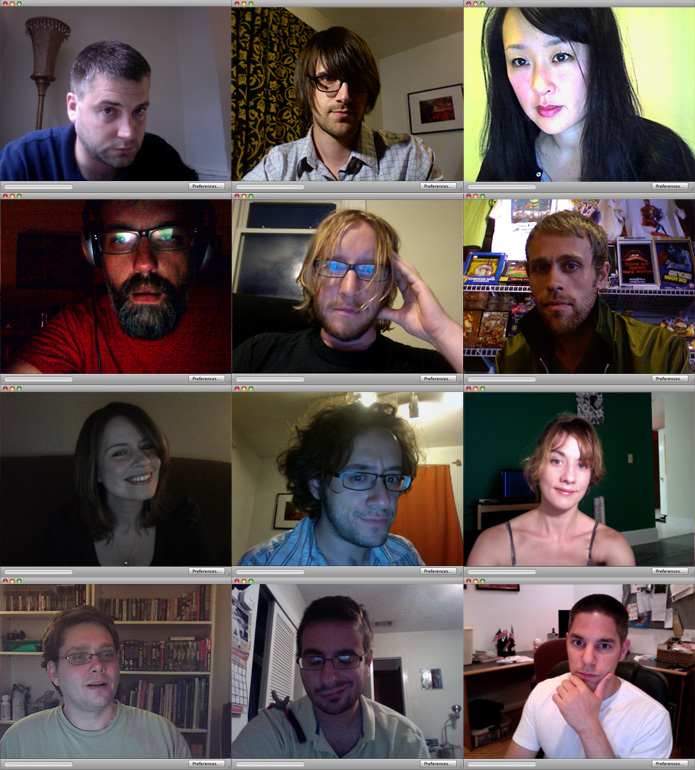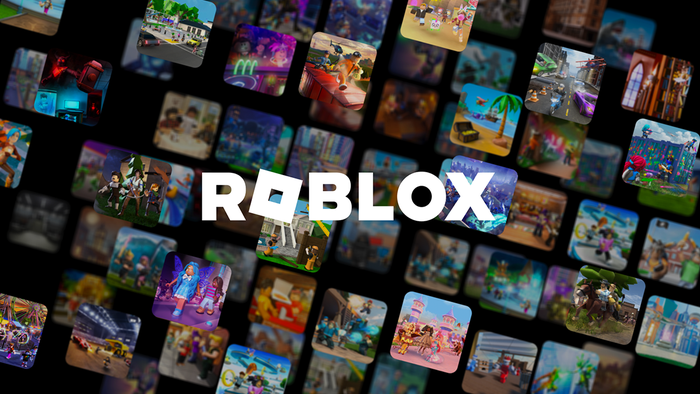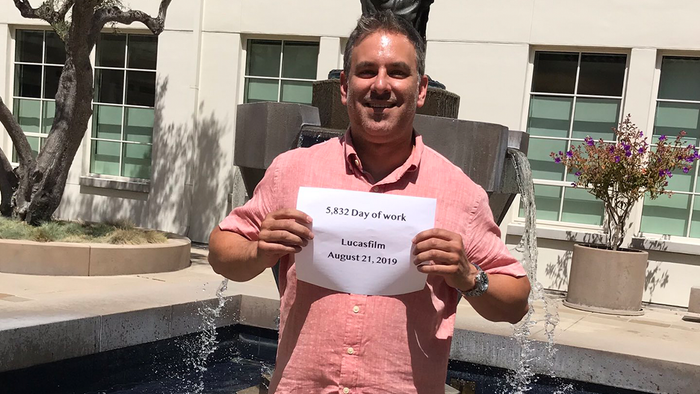
Featured Blog | This community-written post highlights the best of what the game industry has to offer. Read more like it on the Game Developer Blogs.
Fixing the iPhone App Store
Much has been said regarding the app store and how it's utterly broken. Interestingly, it's only broken for developers. The problem is explored and a possible ultimate fix is proposed.

Reprinted from the Cavalcade Games' blog.
The runaway success of the iPhone finds Apple in new and unexplored territories. With it comes new and interesting challenges, including a big one concerning its innovative app store. Much has been said regarding the app store and how its utterly broken. Interestingly, its only broken for developers. The other participants on the platform,namely Apple and the device owners are in a state of contentment. But its not rocket science to know that for a platform to have long term sustainability, it has to maintain equilibrium - meaning each of the participants need to be equally benefiting from each other. This equilibrium is threatening to disappear with the 'broken' app store.While the approval fiasco sparked by the Google Voice rejection has garnered more column inches, it's the app store issue that is most crucial and relevant to us developers.

More...
In order to find a real and long-term solution, one has to clearly define the problem and its scope.
It's a common fact that the app store's main problem is visibility. In light of the recent news that most users download apps from the App Store directly from theirphones, we are gonna exclude external visibility points like iPhone websites,iTunes on desktop, etc.
VISIBILITY ON DEVICE
There are several visibility spots on the devices themselves: Featured section, What's new section, Category section, the Top 25 section, search and the updates section. We are going to concentrate on two of the most influential spots (by far) - the Search and the Top 25.

search
Search
Search was recently fixed with the new keyword policy enforced during app submission. Now, shady description field-based SEO tricks are less effective if not totally useless. While a positive step, it was a solution to a problem only few was vocal about.
The thing with Search is it's the last step of a purchasing intentstarted by an external influence (i.e. recommendations from someone ora website coverage). So few improvements can be thought of here. Sorting tools might be a good idea on paper but the I am not sure that it will fit with the small screen on the device.
The Top 25 (aka Top 100)
The Top 25 is based on the number of downloads in a sliding window of time (24 to 48-hours). In other words, its purely volume-based. This decision has its roots in the iTunes mp3 store - the direct precursor to the app store. Hindsight is 20/20, so its easy but not entirely fair to criticize Apple on building their top 100 that way. I would imagine the argument that a great app will have good volume at any price sounding sensible at the time. "Nobody would be desperate enough todrop their price to 99c just to achieve volume of sales. Right?" -that rebuttal would contain.
This was fine for a time but after several high profile reports of developers hitting it big in the app store, a 'gold rush' happened. Pretty soon the ratio of developers to the app buyers became disproportionate. Too many apps are coming in. This effectively rendered some visibility spots ineffective in driving sales. The What's New section became too crowded everyday. This was also true for the Updates section. With that, the Top 100 became the only effective spot to get eyeballs. And the only way to get there is too achieve a certain volume of sales. And like in every market, digital or not, the lower the price of your product, the higher your volume is. So pretty soon, developer after developer broke down and went for the mad dash to the top regardless of the app's cost of development. Who could blame them? The visibility problem allowed such a tactic to be very effective. With a few holdouts (TouchGrind developer illlusion labs comes to mind) everyone is now doing it including big companies such as Popcap and Chillingo. The app store, crushed by the weight of a thousand developers, morphed into a narrow channel for a small sliver of games. Now the question is- how to fix it?
The Common Fix
Now that we have clearly defined the problem, let me talk about a fix I keep reading about particularly from large(ish) developer / publisher companies. The most common 'fix' I always read is for Apple to change ranking algorithm from volume of sales to revenue. This was echoed recently by Tiger Style which just released their 1st iPhone game, Spider (which is awesome, by the way). By looking at the team's picture, you could feel their pain pricing their game at $2.99.
 Tiger Style people
Tiger Style people
I think that changing to revenue-based is unrealistic for the following reasons:
It will alienate a large segment of Apple customers who are used to 99c apps.
A revenue system will disproportionately benefit license-based games,
and games from big companies or games using existing IPs.
It will be hard to factor in microtransactions.
pop in, pop out games will become invisible (these games are what casual buyers love)
the iPhone average cost (hardware + apps) will rise dramatically.
a certain category of successful apps will instantly fall off the charts.
a rogue app gaming the new algorithm is a more costly scenario.
Furthermore, revenue-based ranking will only benefit the developers.App buyers will not only be confused, they will think all the apps raised their prices and would be annoyed. Some will significantly reduce their app spending and just play the cheap ones. Overall, revenue willdrop and developers will find something else to blame. And we are back to square one except with angry customers and one less selling point. "There is an app for that... but its gonna cost you" doesn't have the same ring as the original.
THE SOLUTION
Customers, customer, customers
Now that we've shot down that 'fix' out of the way, I think the real and long-term solution for Apple lies with its customers, of which there are two kinds - those who buy the apps and those who make them. First, the buyers. The fact that they basically rely on the top 100 for their app purchases should point them to the right direction, any attempt to modify this behavior will be impossible. It's the most convenient and natural way of determining what's worth buying. Next are the creators. They have become too many that 100 slots will never be enough. Moreover, the sheer numbers developers create a real need for a store that supports a diverse selection of apps. Diversity is good for Apple and the buyers since it will expand the meaning of the device to in brand new ways.
Expand the charts
Here is a solution that I am laying out that will not only satisfy Apple's two primary customer types but will expand the impact of apps financially and creatively.
-- Expand the top 100 x 3.
In addition to the current top 100 based on volume, add another Top 100 based on Revenue, then add another based on customer Reviews. All unique and not just resorted lists. For a clearer picture, I have provided a mockup below.

appstorefix
The New App Store?Here are the advantages of this solution:
Tab #1 will be the 'Top 100 by downloads' which maintains the current chart therefore sustaining the bite-sized or volume dependent ones.
Tab #2 will be a new tab for a unique top 100 but this time by revenue (a better term for non-developers is needed here). This will create 100 more slots for bigger, robust apps. Some kind of algorithm involving no of download x price + microtransactions.
Tab #3 will contain another top 100 based on reviews. No of reviews, average star rating and the country of reviewers = country of the device owner should factor into this.
These 3 charts will be unique and not just the same pool re-sorted.
These will bring up the slots to 300 for the paid charts. Of course, some apps will make a presence on 3 of these charts.
Its relatively simple for Apple to do.
Minimal complexity is introduced for the buyers - just one more tap.
The app store can now sustain three kinds of paid apps - Volume-based, Features-based and Quality-Based.
This will promote market growth as new types of apps will hook new types of buyers.
Is this the ultimate solution to the app store? Are there any disadvantages? Will this be enough to create a truly great app store?
Cavalcade Games is a interactive software development company focusing on the web and iPhone platform. They just released their 1st iPhone product - Rock, Paper, Laser! - which is now languishing in bottom of the sea of broken dreams known as the app store.
About the Author(s)
You May Also Like









